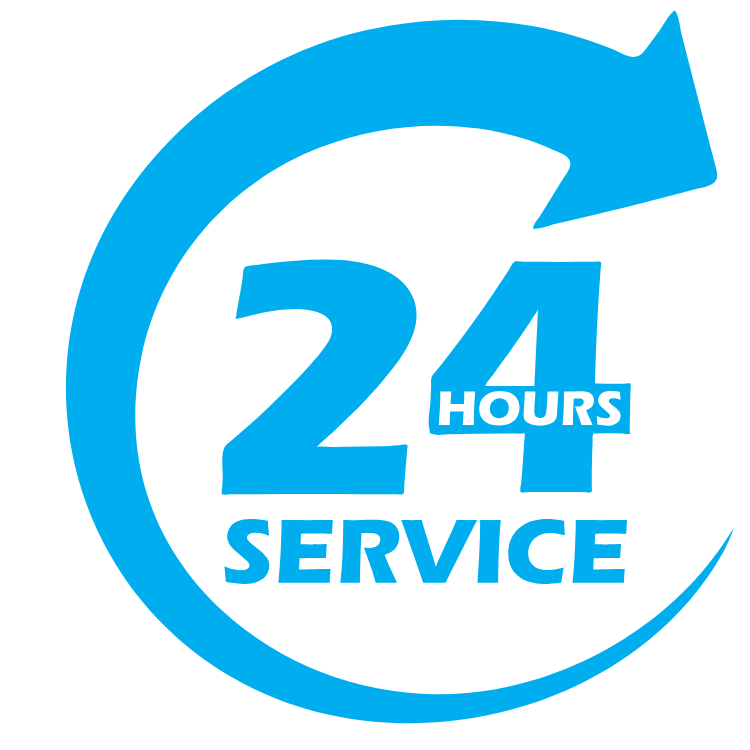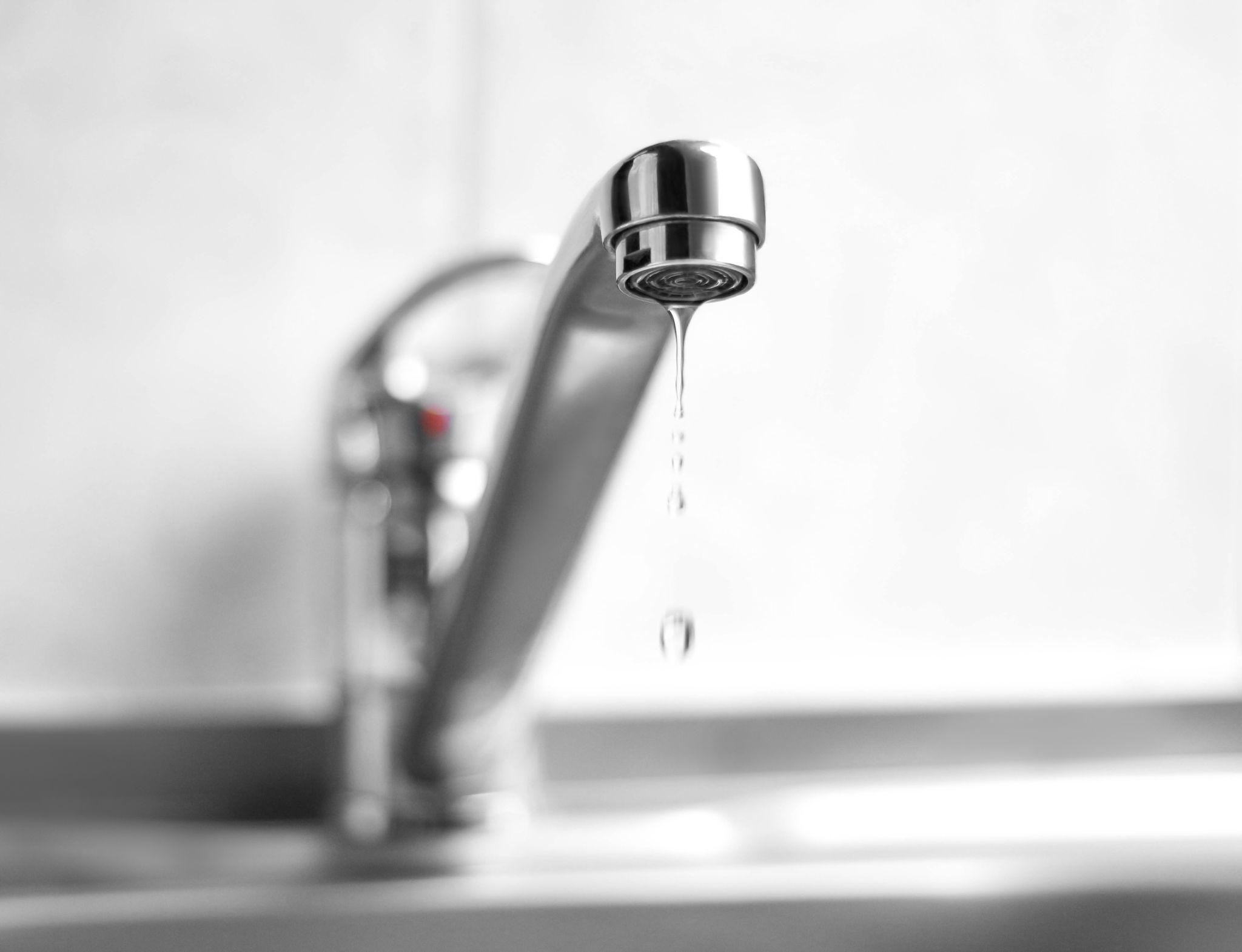LICENSED, INSURED & BONDED SINCE 1985 WITH 35 YEARS OF EXPERIENCE • (818) 483-0139
A leaking kitchen tap can be frustrating and costly if left unaddressed, leading to water waste, higher utility bills, and potential water damage. Fortunately, fixing a leaking tap can be a straightforward DIY project. In this guide, we’ll walk you through the process of how to fix a leaking kitchen faucet and when it is best to call a professional plumber.
Tools Needed
Before diving into the repair, gather the necessary tools and materials to make the process as smooth as possible:
- Adjustable wrench: For loosening and tightening nuts and bolts
- Screwdrivers (flathead and Phillips): To remove screws, depending on the faucet type
- Replacement parts (O-rings, washers, cartridges): Most leaks are due to worn-out parts that need replacing, so check your faucet type to buy the correct parts in advance
- Pliers: Useful for gripping small parts
- Plumber’s tape (Teflon tape): To help seal connections and prevent future leaks
- Vinegar and a clean cloth: To clean mineral buildup from parts if necessary
- Allen wrench (Allen key): For faucets that have hex screws or grub screws
With these tools at hand, you’re ready to tackle the leak.
Steps to Fix a Leaking Kitchen Faucet
1. Turn Off the Water Supply
Before starting any repair, shut off the hot and cold water supply to your faucet. Typically, you’ll find shutoff valves under the sink. Turn them clockwise to close them. If there are no local shutoff valves, turn off the main water supply. Then, open the faucet to drain any remaining water in the pipes.
2. Identify Your Faucet Type
The repair process varies depending on the type of faucet. The four main types are:
- Ball Faucet Mixer Taps: Common in older models; controlled by a single handle
- Cartridge Faucet: Uses a cartridge mechanism; often has two handles
- Disc Faucet Mixer Taps: Newer and more durable, often with a single lever handle
- Compression Faucet: Two-handled faucet with a rubber washer to create a seal
3. Remove the Handle
To access the parts causing the leak, start by removing the handle. Depending on the faucet model, you may need to remove a cap and use an Allen wrench or screwdriver to loosen the handle. Carefully lift the handle off to avoid damaging any components.
4. Inspect and Remove the Parts
Once the handle is off, examine the internal parts for signs of wear and tear. Each type of faucet has specific parts that commonly wear out:
- Ball Faucet: Inspect the ball, cam, and seals for damage.
- Cartridge Faucet: Look for any cracks or signs of wear on the cartridge.
- Disc Faucet: Check the ceramic disc for damage.
- Compression Faucet: Inspect the rubber washer, which is often the source of leaks.
5. Replace Worn Parts
Once you’ve identified the worn parts, replace them with new ones. Common replacement parts include O-rings, washers, and cartridges. Seals and springs may also need to be replaced for ball and disc faucets.

6. Clean Mineral Buildup
Hard water can lead to mineral buildup on faucet components, which may contribute to leaks. Soak affected parts in vinegar to dissolve buildup, then rinse and dry them before reassembly.
7. Reassemble the Faucet
Reassemble the faucet in the reverse order of disassembly. Be careful not to overtighten any components, as this can cause new leaks or damage the parts.
8. Turn the Water Supply Back On and Test
After reassembling, turn on the water supply and test the water flow by turning the faucet on and off. Check for any leaks around the base and handles. If everything is dry, your repair was successful.
When to Call a Professional Plumber
While many faucet repairs are manageable with a DIY approach, some situations call for the expertise of a professional plumber. Consider calling a plumber if:
- The faucet still leaks after the parts have been replaced.
- You encounter significant corrosion or rust on the faucet body or pipes.
- You lack the correct tools.
- You lack the necessary skills.
Have Your Leaking Kitchen Faucet Repaired Today
Do you reside in the San Fernando Valley, Santa Clarita Valley, Los Angeles County or Ventura County? Do you need professional assistance with a leaking faucet or other plumbing repairs? Let the experienced father-daughter team at Lynch Plumbing help repair and fix your leaking kitchen faucet today.
Our family-owned and operated business provides access to licensed and insured plumbers with fast and reliable plumbing services. We can even handle any emergency plumbing problem 24/7. Contact us now to schedule your plumbing repair service.






